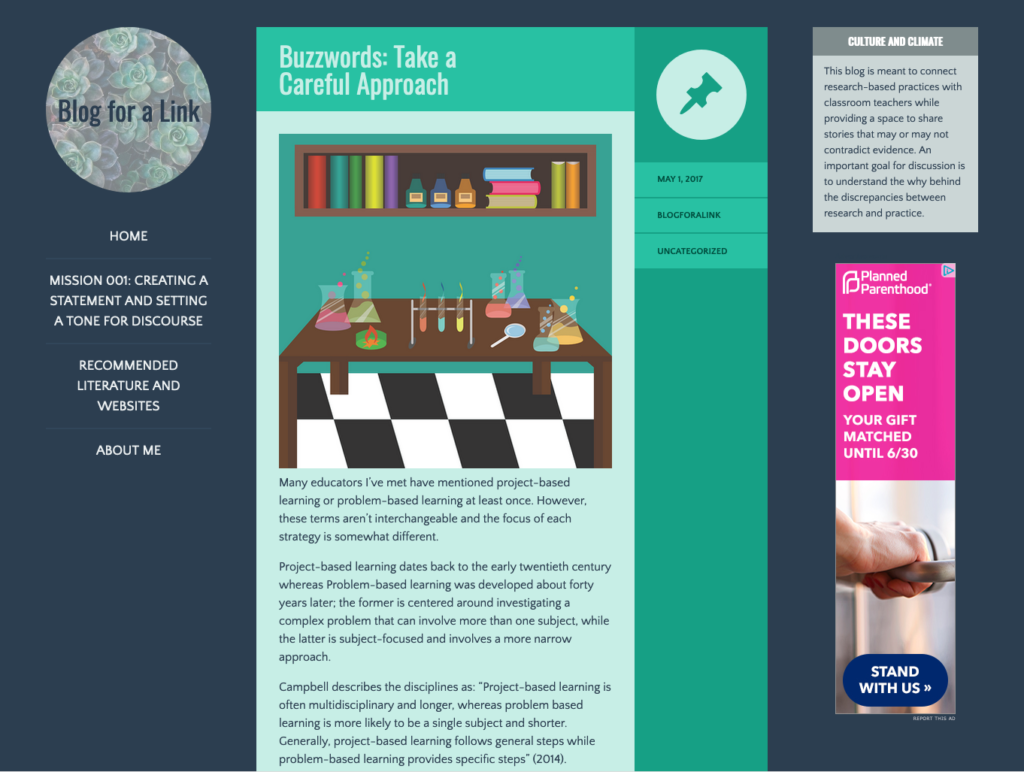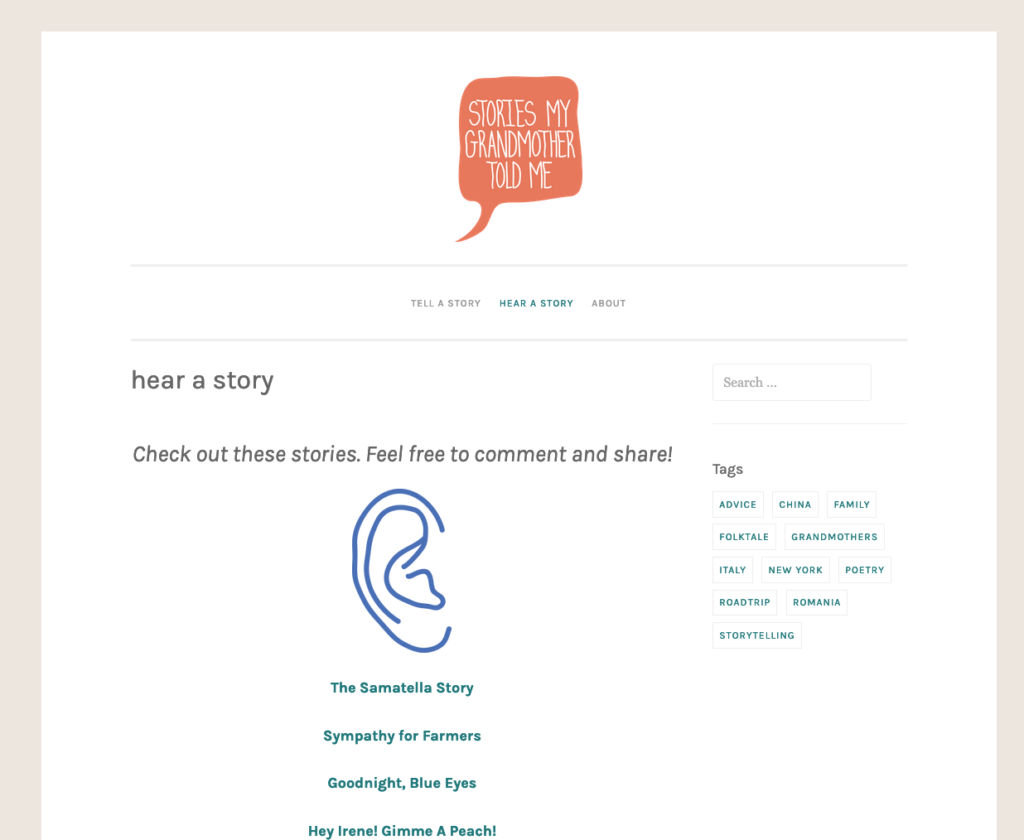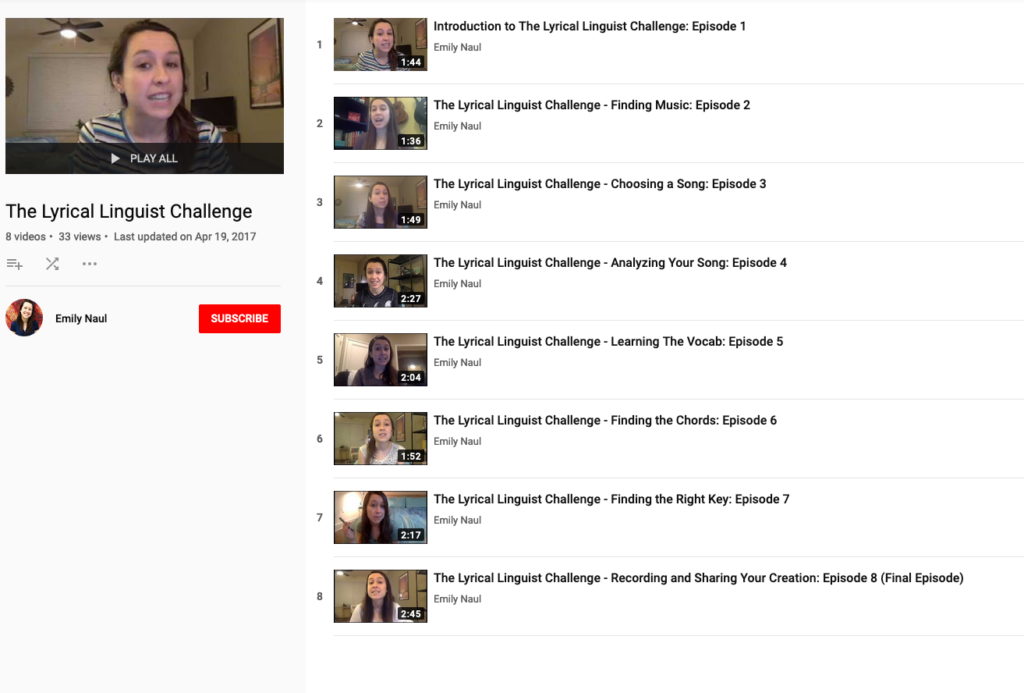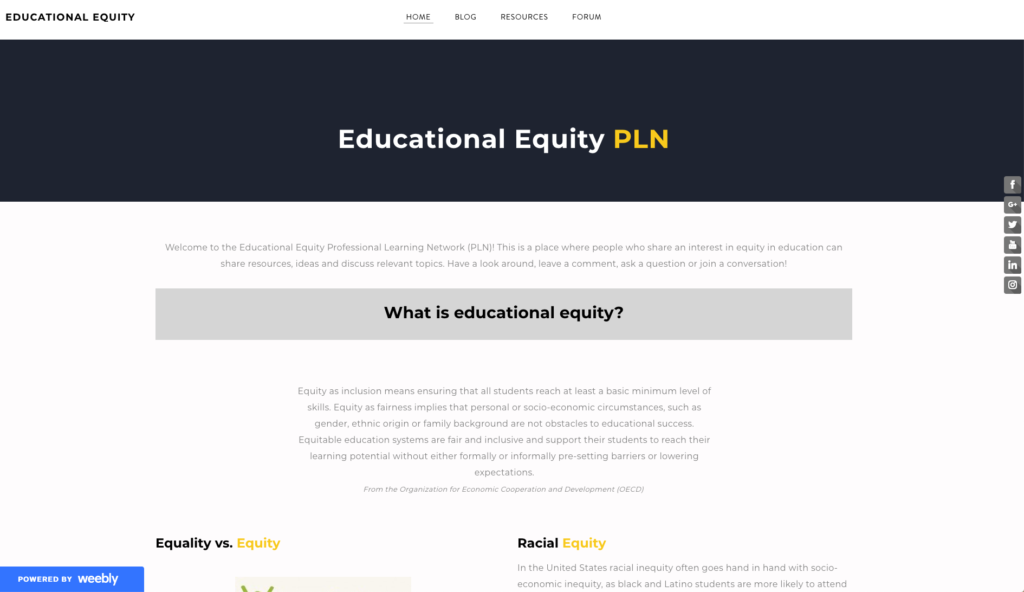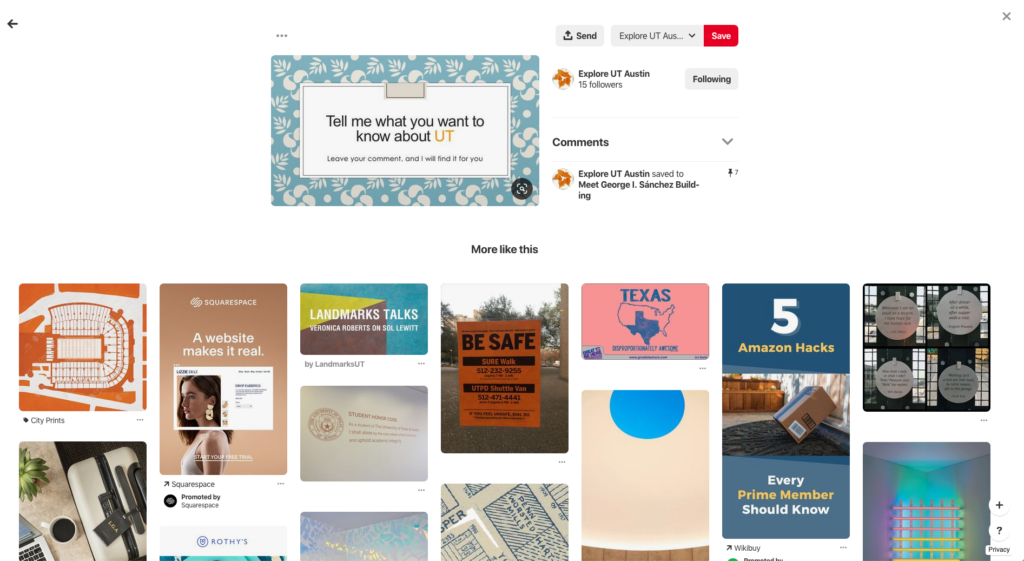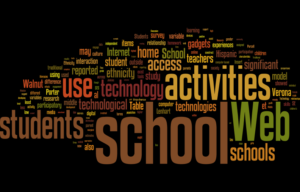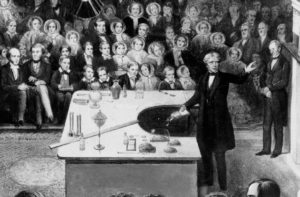This picture, located at wikipedia, is captioned, “Michael Faraday delivering a Christmas Lecture in 1856.” And, that is exactly what he is doing….delivering, a performance of sorts. But does that mean this lecture is not learner-based? Since I’ve never been to one of the Royal Institution’s Christmas Lectures, particularly, not the one in 1856, I wouldn’t know. My guess is that it is totally teacher-centered. But I’m just guessing. The point is though, that not all lectures are made the same. Not all lectures require you to passively listen to a speaker, for what seems like hours on end (perhaps it is), and whose own voice usually becomes monotone as if he/she is also bored. At some point, instructors have to provide information, they have to validate what has been read, discussed, watched, etc. They should share their own connections and experiences to what has been studied.
In today’s Faculty Focus another article today appears: “Learner-Centered Pedagogy and the Fear of Losing Control.” In this article, the author and professor in question shares his experience returning to the classroom after several years serving as a monk. He began his course by having students study and bring ideas and discussions to the class; however, at some point he decided to transfer into traditional lectures. At the end of the course, two of his students questioned his changed approach. He concluded:
“Those two brave students (grades had not been assigned!) helped me realize that my job is to facilitate learning. That means creating learner-centered experiences, and not classrooms dominated by the instructor’s (my) fear of losing control. This approach demands much more of the students, and requires much more preparation from the professor before the semester begins. Careful planning is needed to build effective progression of learning, so that students of varying abilities and learning styles can deepen in their understanding in different ways and at different paces. However, over the years I have come to appreciate that students learn best when they are challenged to take charge of their educational formation. Instructors must let go of their own fears and insecurities, and create spaces where learning is possible.” – See more at: http://www.facultyfocus.com/articles/teaching-and-learning/learner-centered-pedagogy-fear-losing-control/#sthash.tmze9at6.dpuf.
What seems to be needed in the ongoing argument about lecturing vs. not lecturing may be a new definition of the term. At Texas State University, where I have been working with faculty to build online courses, we encourage the use of what we term ‘Mini Lecture(s).” These preferably 5-10 minute lectures (absolutely no longer than 20 min), provide the students with words of knowledge, shared experience, wisdom, and validation from the instructor, while also giving the often faceless, voiceless person in charge a face and voice to glean to every week or so. In the f2f classroom, a lecture should also be short and/or broken up with discussion and activities throughout. Can this be done in a 300 seat lecture hall? Yes.
* Form groups.
* Discuss with partners.
* Give the student individual thinking time while providing a strategy to facilitate thinking (e.g., mind map, plot chart, write two sentences, etc.)
* Give individuals or small groups or pairs 10 minutes to research an answer to a question. Most come with their own devices for accessing the Internet now. Discuss as a class.
* Or, use learner response systems to capture student input like polls, surveys, quizzes. Most systems allow for online display of live displays.
There are a variety of ways to break up a lecture to provide more learner-centered instruction. It gives the students a break, and as importantly, it gives the instructor a break. What ways have you used to break up a lecture and provide more learner-centered learning opportunities?


